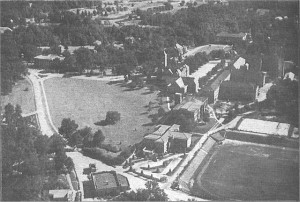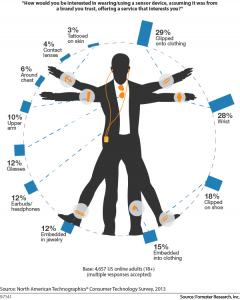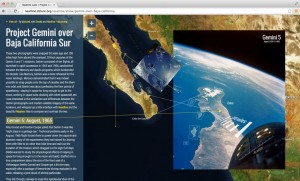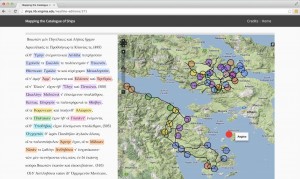A Template for Mobile App-Guided Tours
Roy Pargas, School of Computing
We propose developing a template for a mobile app promoting tours of an area, such as a campus. The tours may focus on the history of the area, the architecture of the buildings, the flora and fauna, the academic layout, a sports complex, a nature preserve, tourist information, or any other theme.
The app will feature text descriptions, images, video clips, audio podcasts, links to websites, interactive maps, and navigational aides. Geofencing (using GPS to determine where the client is at the moment) will provide alerts when the client enters a special area. GPS tracking will enable the client to remember where he or she has been.
An authoring tool will enable administrators to provide new or additional content regarding points of interest (waypoints) in the area. Administrators can add text, images, video, audio podcasts, links to websites to a database in the cloud. As soon as new content is added, the client’s app will download the information and make it available for viewing.
A feedback feature will allow a client to enter text and take pictures, video, or audio of items of interest. This information can be uploaded to the database and administrators can make the artifacts available to other clients or use the information for internal administrative purposes.
The app will be able to recognize markers on special sites and will automatically provide the client with information pertinent to the site.
The template will be generic and can be used to develop apps for a wide variety of areas.
Those interested in contributing to specific versions of this project, in particular regarding the Clemson campus, are invited to discuss and contribute; other proposals for mobile apps are also always welcome.
==================================
Dr. Roy P. Pargas
Division of Human Centered Computing








